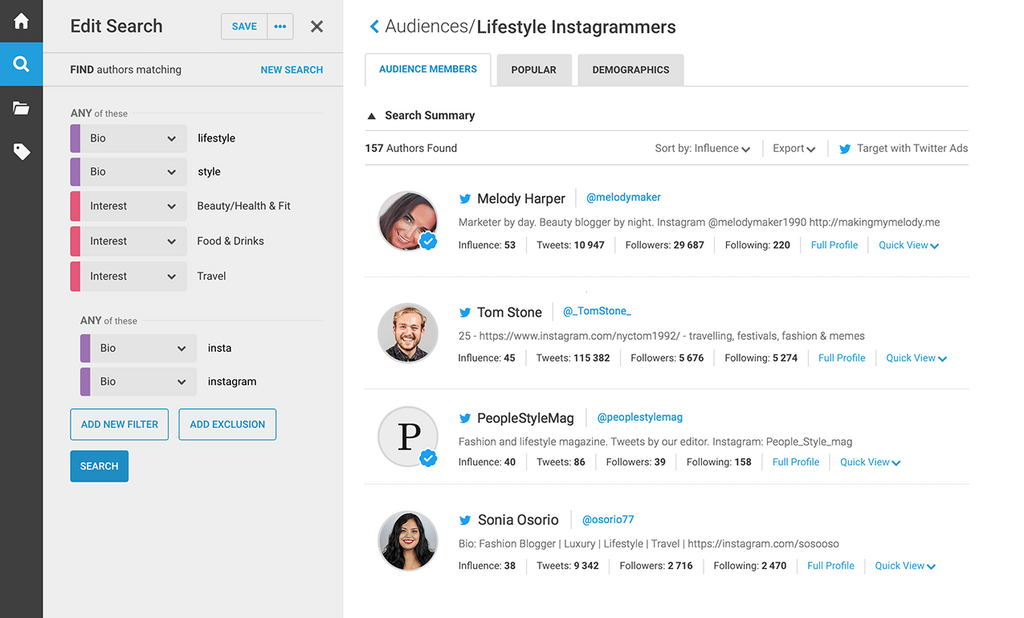The Essential Digital Marketing Trends to Watch in 2025
By Emily SmithDec 13
What skills and tools do marketers need to stand out in 2025? We surveyed 1,300+ marketers to find out.
Published July 25th 2018
It's an area equally celebrated and criticised. There is a lot of value in influencer marketing when it's done right. We've answered some of the most common questions around it to help you get started.
Discover instant audience intelligence powered by the largest influencer database of its kind.

Existing customer?Log in to access your existing Falcon products and data via the login menu on the top right of the page.New customer?You'll find the former Falcon products under 'Social Media Management' if you go to 'Our Suite' in the navigation.
Brandwatch acquired Paladin in March 2022. It's now called Influence, which is part of Brandwatch's Social Media Management solution.Want to access your Paladin account?Use the login menu at the top right corner.